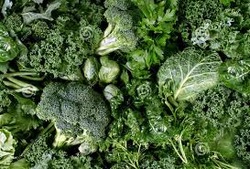
In Part 2 we will look at the healthful benefits attributed to chlorophyll and distinguish between those that actually are due to chlorophyll and those that may not be due to chlorophyll at all, but rather are due to the many other vitamins, minerals, and phytonutrients as well as fiber associated with chlorophyll in whole, plant-based foods. We will also look at how chlorophyllin, or Liquid Chlorophyll, fits in.
Let’s start by looking at what happens to chlorophyll after it’s ingested. We’ve learned from the limited studies that have been published in rats, human intestinal cells, and human subjects that the magnesium ion is separated from chlorophyll during digestion and that only about 5-10% of magnesium-free dietary chlorophyll is absorbed. The remaining 90-95% is eliminated as waste.
The magnesium-free chlorophyll that does get absorbed is likely broken down in the liver and therefore is not likely to reach our blood stream intact. And even if chlorophyll were to enter our blood stream intact, the phytol tail would get in the way so that it could not substitute for heme molecules in hemoglobin. In other words, chlorophyll does not create new blood and therefore does not increase our blood’s capacity to transport oxygen. Observations that chlorophyll-rich foods build blood and improve oxygenation are likely due to the iron associated with chlorophyll-rich foods.
The fact that most of the chlorophyll that we ingest gets eliminated as waste sounds bad, but is actually a good thing. That’s because studies have shown that chlorophyll from green vegetables binds to potentially carcinogenic molecules such as heme from red meat, which prevents those molecules from being absorbed and broken down into cancer-causing oxidative, cytotoxic species. In other words, the chlorophyll in green veggies “grabs” potential cancer-causing molecules from other foods and sweeps them out of our system before they can get into our bloodstream and cause the kind of damage to our DNA, RNA, and proteins that can lead to some cancers. Chlorophyllin (the derivative without the phytol tail that’s sold as “Liquid Chlorophyll” and also used in many chlorophyll supplements) also binds to known or suspected carcinogens, interfering with intestinal absorption and reducing the risk of cancers.
Similarly, chlorophyll binds (chelates) to toxic heavy metals. The toxic heavy metals are eliminated as waste with the digested chlorophyll, preventing those toxins from getting absorbed through our intestines.
We’ve established that very little intact chlorophyll gets into our blood stream. How, then, do we experience so many healthful benefits from chlorophyll?
Chlorophyll contains magnesium, which gets released from chlorophyll during digestion and then absorbed into our bloodstream. Magnesium promotes healthy bones and healthy blood pressure, helps maintain normal muscle and nerve function, heart rhythm and a healthy immune system, and helps regulate blood sugar levels.
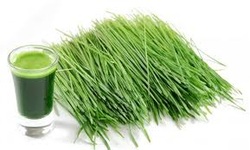
As a Chemist I feel that it’s important to point out that because chlorophyll is a molecule, it cannot contain any vitamins or antioxidants (also molecules), as many claim. Magnesium, which is actually a chemical element, is the only dietary “mineral” found as part of naturally-occurring chlorophyll. Chlorophyll derivatives are modified in the lab with other dietary minerals (elements) such as copper (added to chlorophyllin) and zinc. It is more accurate to consider chlorophyll as a phytonutrient that is naturally packaged along with all the other vitamins, minerals, antioxidants, and thousands of other phytonutrients in chlorophyll-rich foods, and that also happens to be essential for photosynthesis.
Chlorophyll itself is not really considered an antioxidant because it does not neutralize free radicals. However, chlorophyll has what some consider antioxidant-like activity because it binds and eliminates molecules that otherwise might get absorbed and metabolized into potentially cancer-causing free radicals. So chlorophyll prevents many free radicals from forming in the first place.
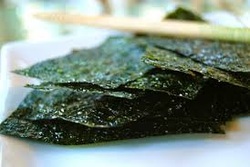
The ability of chlorophyll-rich foods to promote the healing of wounds likely stems from the high levels of vitamin K associated with dark leafy-green vegetables, which speeds up blood clotting and prevents excessive bleeding from cuts, scrapes, and scratches.
Observations that chlorophyll-rich foods build blood and improve oxygenation are likely due to the iron found in chlorophyll-rich foods, especially spinach.
Chlorophyll-rich foods also contain folic acid, protein, and calcium, which offer many other healthful benefits such as healthy brains, building and maintaining muscles, skin, nails, and hair, enzymes, and strong bones, to name a few.
If you are consuming a diet that is abundant in chlorophyll-rich foods, you minimize toxins in your body and therefore reduce the odors generated by your body’s need to rid itself of those toxins through the skin, urine, and feces.
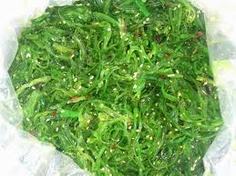
However, it’s always best to get vitamins and minerals from whole, plant-based foods because they include the thousands of other antioxidants and phytonutrients that are missing from supplements and that work in harmony to optimize and maximize all the healthful effects.
Supplements made from dried chlorella, spirulina, or grasses are an exception because they contain unmodified chlorophyll along with other naturally-present vitamins, minerals, antioxidants, and phytonutrients. Dietary sources of chlorophyll include green vegetables, especially dark leafy green vegetables such as spinach, collard greens, kale, mustard greens, broccoli, and parsley; grasses such as wheat grass, barley grass, and alfalfa; and sea vegetables such as sea weed and algae.


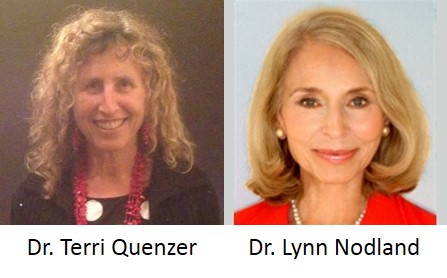
 RSS Feed
RSS Feed